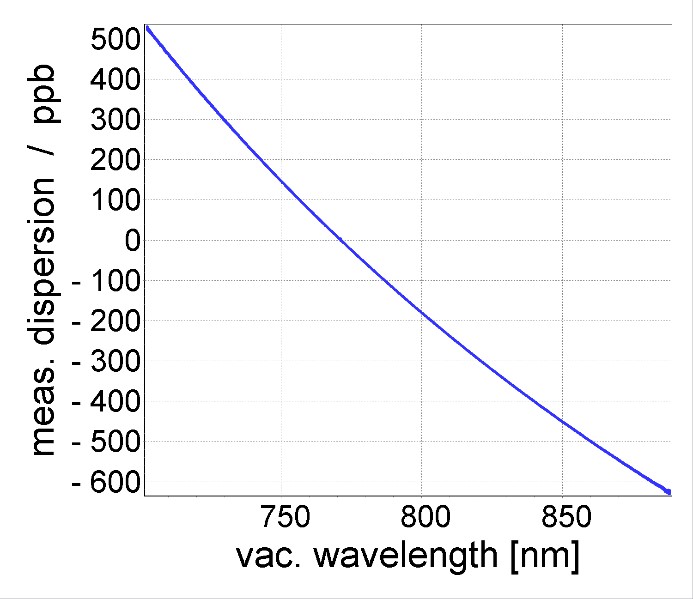
Figure 1: An example of measured dispersion of air
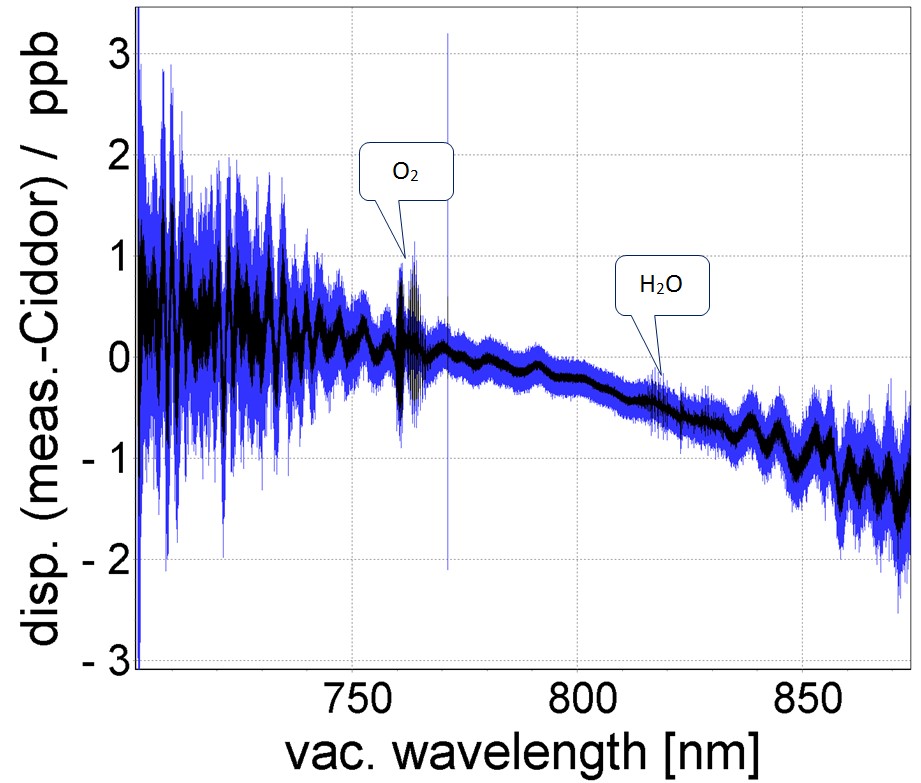
Figure 2: An example of the measured dispersion of air plotted as the deviation from value predicted by the Ciddor formula.
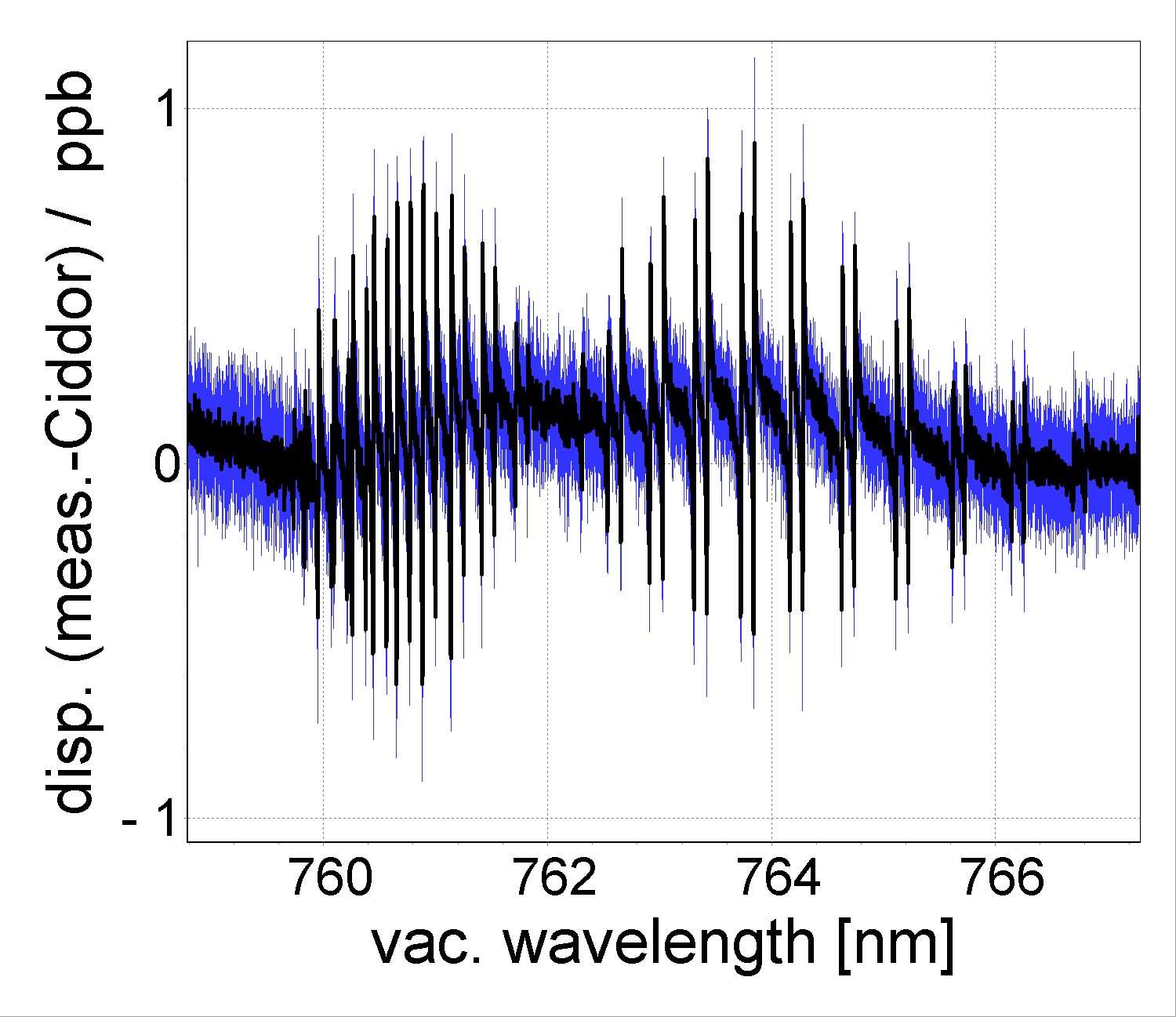
Figure 3: Detail of Figure 2 – measured dispersion at oxygen A-band lines
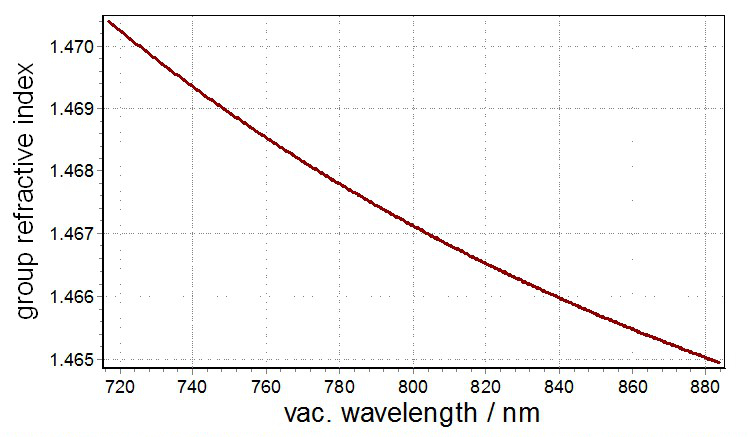
Figure 4: Measured spectral group refractive index for fused silica (the values for three different samples measured are the same within ±5 x 10-6)
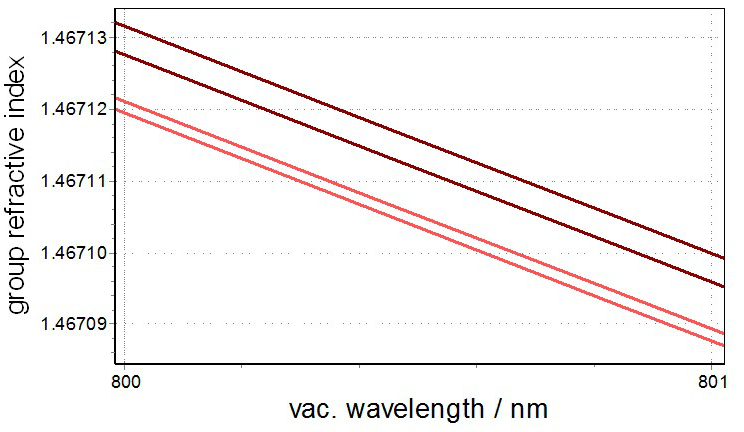
Figure 5: Measured spectral group refractive index for fused silica – detail at central wavelength. One sample was measured twice at 19.9 °C (light) and twice at 21.1 °C (dark) for demonstration of repeatability and sensitivity.
Measurement of the group refractive index of air and glass
Czech Metrology Institute (CMI), Prague
Menlo Systems, Martinsried
Authors: Petr Balling (CMI), Benjamin Sprenger (Menlo Systems)
Contact email address: b.sprenger@menlosystems.com
We use Fourier transform interferometry for refractive index estimation in two different ways:
Method A)
The dispersion in air (or another gasses) is measured by comb teeth resolving Fourier spectroscopy (described elsewhere). The dispersion can be evaluated from any comb teeth resolving spectra measured in air (gas) – the frequencies of comb teeth are known and wavelength ratios are measured by FT spectrometer. When processing the longer (three fringe packet) interferogram, the noise of the wavelength obtained by fitting a model function to the comb mode is about 0.5 % of inter-mode distance (0.5 % of Frep in frequency domain) for a single measurement. It corresponds to the wavelength estimation with the relative noise of a few ppb and better for averages of several measurements. The results are in a good agreement with Ciddor formula, small deviation of about ( 0.8 ± 0.3) ppb per 100 nm was found around 800 nm wavelength. The dispersion at the oxygen “A-band” transitions around 762 nm was directly measured this way – the result for the strongest (pressure broadened) lines is ±0.8 ppb (Fig.3).
If the phase refractive index is known at one wavelength (as it is typically estimated by precision absolute refractometer), the dispersion precisely measured by fs comb Fourier transform interferometry can be used for the estimation of the absolute refractive index at any wavelength in the spectral band of the measurement.
Method B)
The thickness of plane-parallel glass samples can be measured in the same way as for gauge blocks (see related application). For transparent samples there are additional fringe packets of approximately the same intensity corresponding to pulses travelling through the glass, reflected on the rear surface and travelling back. The distance between these packets and those from the front surface can be used to evaluate the optical thickness (product of thickness and group refractive index), and so the group refractive index can be evaluated for any wavelength used from this simple setup. The uncertainty for ~5 mm fused silica samples is 10 nm for thickness and 5 x 10-6 for the refractive index.
It should be noted that the fs comb radiation is not needed for the gauge block or glass sample measurements – any white light could be used instead. But the possibility to couple sufficient power and broad spectra into a single mode fiber together with the reference cw laser is advantageous for the easy alignment and the easy collimation it provides.
Publications:
P. Balling, P. Masika, P. Kren, and M. Dolezal: Length and refractive index measurement by Fourier transform interferometry and frequency comb spectroscopy; Meas. Sci. Technol. 23, 094001 (2012)
P. E. Ciddor: Refractive index of air: new equations for the visible and near infrared; Appl. Opt. 35 1566–73 (1996)
P. Balling, P. Kren, P. Masika, and S.A. van den Berg: Femtosecond frequency comb based distance measurement in air; Opt. Express 17, 9300-9313 (2009)
Weblinks:
Institute website:
www.cmi.cz
NIST Refractive index of air calculator:
http://emtoolbox.nist.gov/Wavelength/Documentation.asp